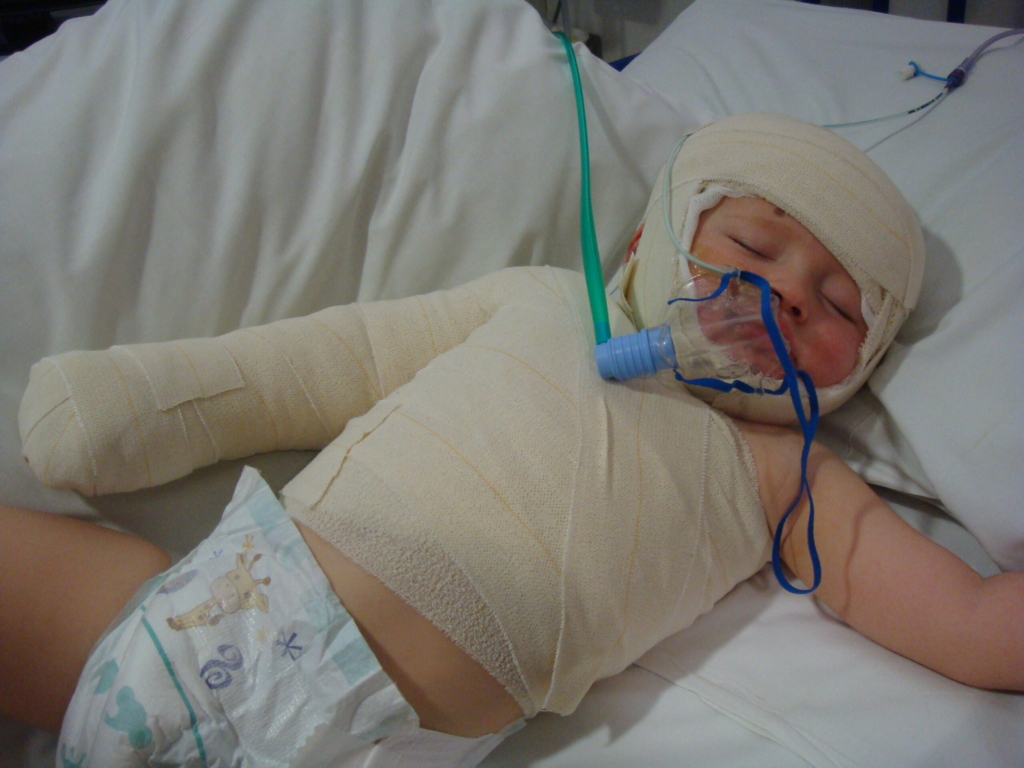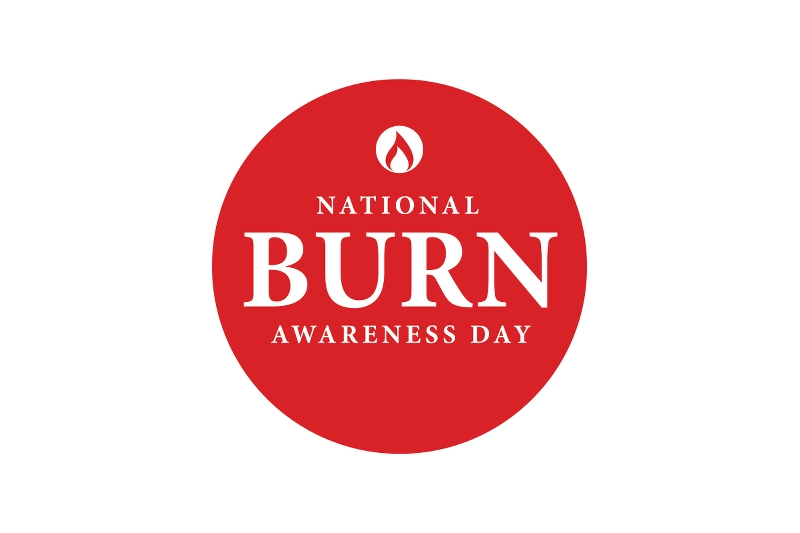New research underway at University of Oxford to ‘rebuild skin from the inside out’
At the Children’s Burns Trust we are fortunate to be updated about the latest medical research and advances in the arena of burns and scarring. We were contacted by Dr Julian Dye from the University of Oxford who is leading a team that is developing new technology and leading a trial of ‘skin scaffold’ for burns patients.
There are further details about the research below. The team are looking for individuals and parents of children who have experienced a burn injury, to help shape the study. If you would like to know more and perhaps get involved in the research project, over the next three years, by contributing your thoughts and experiences, the team would love to hear from you. Please email the Children’s Burns Trust initially, and we will connect you with Julian for a confidential, no obligation chat.
Imagine an off-the-shelf material to rebuild normal skin and prevent scarring?
How can we rebuild skin from the inside out? These are questions which Dr Julian Dye and his research team have been trying to solve at the University of Oxford. One approach to solving this problem is by ‘scaffolding’, creating a temporary framework to guide and support the formation of new tissue. This is making a microscopic framework to organise cells which would otherwise form scar tissue, to be more like normal skin. The idea is not entirely new, but the first generation of skin scaffolds have a rather limited benefit. But what if the scaffold could interact and guide the cells coming in from the patient’s body, to self-organise, and regenerate the normal cellular architecture of skin? Early on, the team discovered that the protein involved in blood clotting could be used differently. Normally, blood clots serve to block leaks from the circulatory system and stop blood loss. However, the team have developed a method of using the blood clot protein to make a scaffold for cells. It was a Eureka moment when they looked at the first results under the microscope and saw that blood capillaries had grown into the scaffold. Not only that, but these capillaries were connected, and bringing a blood supply in, meaning that the material was brought to life.

So how does this help with treating burn injuries and the problem of scarring?
The blood supply brings vital nutrients and immune defence cells into the area of new growing tissue. This helps other healing cells to move in fast, and find space inside the scaffold structure to form into new skin. By giving the cells an organised structure, the scaffold prevents scar formation.
About the research
The team have now developed this technology and are planning to up-scale to clinical manufacture, carry out pre-clinical studies and then trial the new material as a skin scaffold for burns patients. If it proves to be safe in patients it will then need to be evaluated to investigate how effective it is in the real world.
Can you help?
The team are looking for individuals and parents of children who have experienced a burn injury, to help shape the study. If you would like to know more and perhaps get involved in the research project, over the next three years, by contributing your thoughts and experiences, the team would love to hear from you. Please contact the Children’s Burns Trust initially, and we will connect you with Julian for a confidential, no obligation chat.
Related content

Donate to us

Campaigns
